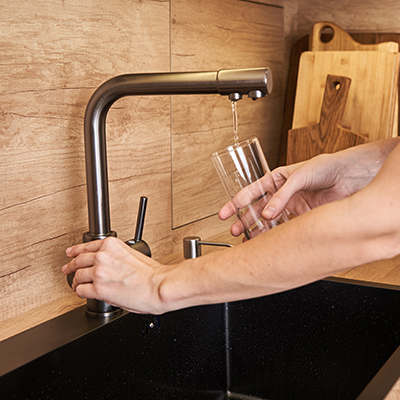
The things that affect caravan battery life are:
- Low Temperatures
- Extreme Deep Discharge
- Inadequate Charging Time
It is never possible to make complete use of the capacity specified by battery manufacturers. To make their product sound better when specifying its capacity, manufacturers do not take into account a lot of external and internal effects that prevent us from using the battery to its fullest.
Some of the most prominent factors that affect battery capacity detrimentally are:
Internal resistance of the battery
You will notice when looking at battery capacities – it is always specified at an certain hourly rate. This happens due to a phenomenon called “Peukert Effect”. Due to higher currents involved when a battery is drained faster, there are higher losses within the battery. The Peukert Value specified for a battery determines the amount of energy lost at high currents. It generally varies from 1 – 1.6, where the battery with lower value having lower losses or higher capacity.
The Peukert value of a battery also changes with age. Older batteries have a higher Peukert value – as a consequence they have a lower capacity when compared to a new battery, fresh off the shelf.
Due to this effect – battery capacities are always specified at a certain rate to be able to compare their performance. The accepted standard for deep-cycle batteries is the 20hr rate.
Ambient temperature
Having to jump start a car battery during the cold months of winter, is a typical problem faced by people living on the southern coastline, especially if they do not use their car that often. All batteries are very sensitive to temperature, and at temperatures below 0°C, their capacity can reduce by as much as 50%. So your typical 100AH caravan battery, is now actually only able to deliver 50AH before it is completely discharged.
Age of the battery
Brand new deep cycle batteries needs to discharged and charged a few times before it is able to reach its full capacity and perform at its peak. Depending on the type of battery it may have to undergo from 25, to sometimes up to 100 cycles, until this saturation level has been reached. Until then the battery capacity is limited, and it will not be able to give out its manufacturer stamped rating.
Batteries that are kept in storage for a long time can also use their capacity due to secondary chemical reactions, whether they are used in a circuit or not. It is always a good idea to check the date of manufacture when purchasing a battery. If a battery is more than 6months old, the reactions within the cells would have started affecting the capacity of the battery.
Improper use and bad maintenance
Batteries are extremely sensitive and need proper care and maintenance to ensure that they last long and can be used to their full capacity. Some of the issues that can cause a battery to die prematurely are:
- Repeatedly discharging by 80% or more
- Long term overcharging
- Improper (dirty electrodes) or lose contact to cables that connect the battery to the circuit
- Using improper charger that is not designed for the type of battery.


